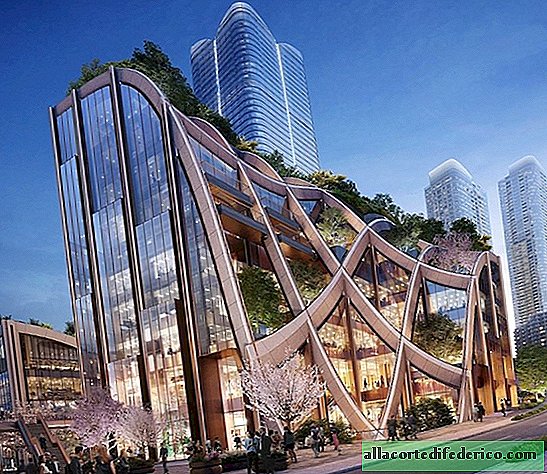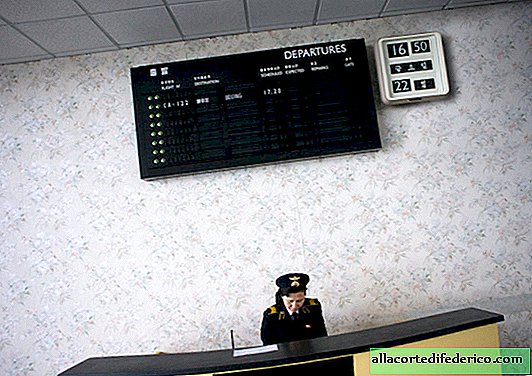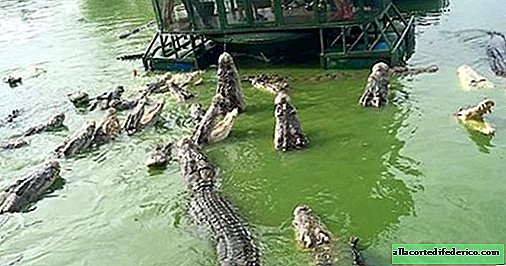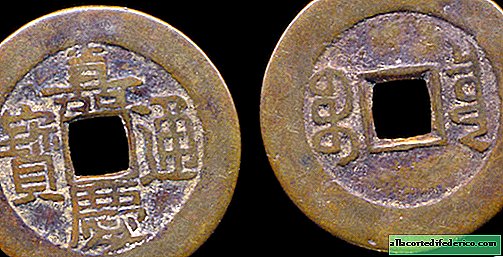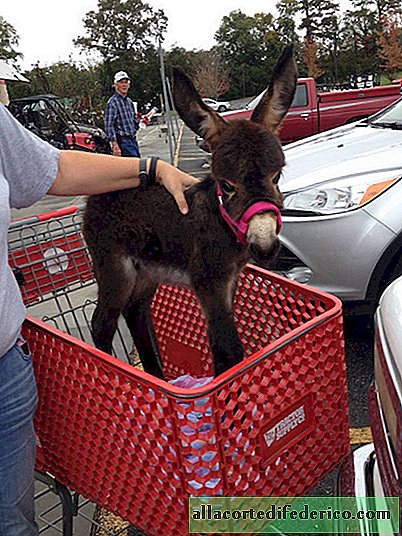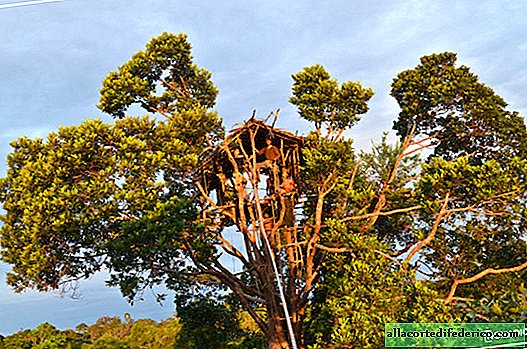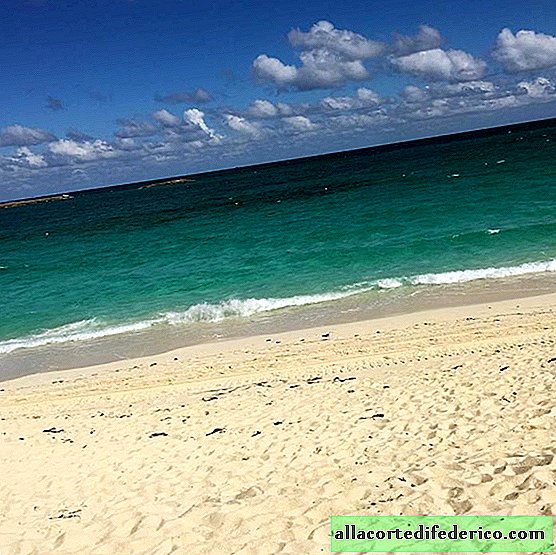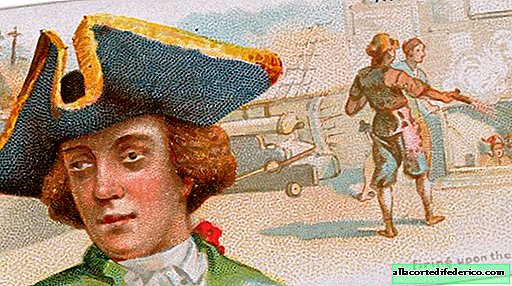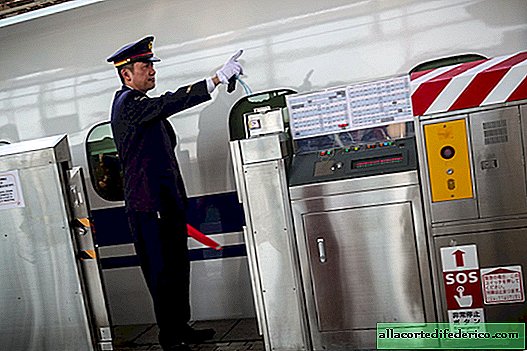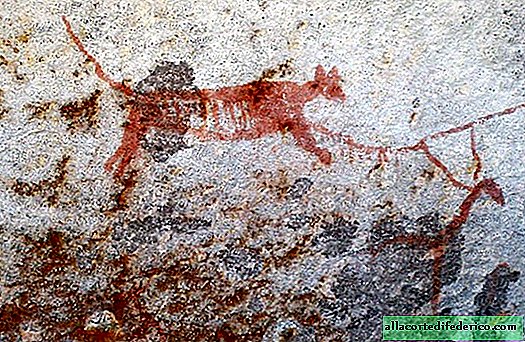When mixing cultures and migrants benefit: The story of Malay Georgetown
Thanks to the British colonial past and multi-ethnic population on the Malayan island of Penang, an authentic cultural environment has arisen, and the inclusion of the historic center of Georgetown in the UNESCO World Heritage List has further increased the interest of travelers in the largest city of Malaysia after the capital.

A few centuries ago, on the site of the current booming economic and tourist hub, there were only a few fishing villages, and the impenetrable jungle covered the swampy island. The British East India Company contributed to the fate of Penang, sending Captain Francis Light at the end of the 18th century to establish trade relations in the region. Having secured the support of the sultanate Kedah, which had sunk into oblivion, and received the island of Penang in exchange for patronage and military support, the captain established a fort and founded a port settlement, naming it Georgetown in honor of King George (George) III.
Light established the rules of duty-free trade, which made the newly-made town a key port in the region. The rapidly expanding Georgetown urgently needed labor, which inevitably led to a wave of emigrants, mainly from the southern provinces of China. Have you ever seen a Chinese who travels alone? More likely an exception than a rule. In search of a better life, the Chinese moved their entire families and villages and, having settled, took their whole family to the island. Being entrepreneurial from birth, the settlers not only became laborers in the port, but also tried to start their own business by opening stores and enterprises and taking a direct part in the commercial life of the region.

In the mentality of the Chinese, little has changed over the years. And now in any city where they go en masse, sooner or later Chinatown is emerging. The inhabitants of the Middle Kingdom never sought to assimilate with the surrounding reality and brought along with them culture, customs and beliefs. The British looked at the expanding Chinese community on Penang year after year through their fingers and did not interfere in their self-government until problems arose.

Migrants united in clans, Kongsi, on family grounds and helped the newcomers with housing and work. It is not surprising that a semi-criminal struggle for spheres of influence began between the clans, resulting in a civil war with mass beatings and riots in the streets. Only then did the British government realize that under his side the heads of clans launched secret activities, becoming the shadow rulers of the island.

The architecture of the historical center of Penang is a mixture of colonial British and Chinese styles. Houses are decaying, moldy, slowly and rarely restored, modern high-rise buildings grow around them. UNESCO could not pass by the unique cultural heritage preserved from the 18th-19th centuries and included the area in the list of World Heritage Sites, which, in principle, is not an ordinary event for the Southeast Asia region.

The descendants of those first migrants and new immigrants are still trading on the ground floors to this day. The economic development of Georgetown, and the entire Penang state, attracts Malaysians from other regions of the country to the island. And on the second floors you can find cheap, but modest housing, which is in demand primarily among backpackers.
In Georgetown, in principle, you can easily find housing for every taste and size of your wallet. Modern hotels, which are trying very hard to please Europeans, Americans and Australians, also have no shortage, only most of these hotels are located outside the historical center. We stayed for a couple of nights in one of these recently opened hotels, and the girls at the reception dressed in black or dark blue and wearing silver-ash wigs on their heads reminded the crew of the movie from the movie The Fifth Element. We looked around to see if the administrator in the leopard would jump out from around the corner, like the hero of Chris Tucker. If you want to live in Georgetown with style, book one of the few rooms in the historic Blue Mansion, owned by the rich merchant Cheong Fatt Tze, in advance. Indigo walls are hidden behind a high fence, and uninvited guests will only be able to enter the territory 3 times a day, as part of an excursion, participation in which is also worth taking care in advance. We reached the mansion only in the afternoon and rested on the closed gate, and the minister casually threw: "Come tomorrow." It was not possible to see the luxurious restored interiors of the mansion, in which a number of films were shot, but the merchant brought in the best materials for his house.

Penang clans grew rich and built large clan houses as centers of emerging communities. Cheah Kongsi is one of the largest clan houses of Penang, combining elements of Chinese, Malay and European architecture.

On the streets of Georgetown there are quite a lot of temples, primarily Chinese, adjacent to clan houses. Accurately characterizing and describing the beliefs of the Chinese is quite difficult, animistic beliefs in the spirits of nature, the cult of ancestors and the veneration of various gods-patrons and demons from a particular province or locality from where migrants from the southern regions of the Celestial Empire came to Penang were superimposed on Buddhism and Confucianism.

Once at the colorful clan temple with carved columns, we found one of the religious ceremonies. The smell of burning soared in the air, mixed with the aroma of smoldering incense. Near the crossroads a mountain of paper ornaments towered, after a moment flaming up and warming up the already warm Penang air. Tourists scattered away from the temple, dodging the flying ashes.

Take time to visit at least a few clan temples of the city. And even better, as we did, go to the island’s most remarkable temple - the Temple of Highest Bliss, Kek Lok Si, located in the suburbs. There you are guaranteed to spend several hours.

If we talk about the temples of Georgetown, we did not have time to get to the Burmese and Siamese Buddhist temples. So the ceremony seen in a clan Chinese temple with ministers in traditional dresses, singing and a ritual bonfire in the middle of the street became a real gift.

Omitting the events of both world wars, I note that the British left Penang only in the 50s of the last century, transferring all territories to a new independent state - Malaysia. And on January 1, 1957, Queen Elizabeth II gave George Town the status of a city, and for the next 15 years, he remained the only city in Malaysia until it gained the status of the city of Kuala Lumpur, the current capital.

Quite a lot of time walking around Georgetown, we devoted ourselves to the search for street art, which has become one of the main attractions and features in the city that attract tourists. The drawings of the artists organically fit into the urban environment: to see all of them, you will have to not only wander around the streets of the historical center and its outskirts with an accessible map, but sometimes go into the courtyards of hotels or cafes. Not all drawings should be strictly attributed specifically to street art, some of them are just an element of decor, without losing a bit of their authenticity and artistry.

To top it off, Georgetown’s multi-faceted flavor is also loved by cats.

We came across a cafe-shop, whose products are completely devoted to the mustachioed and tailed: magnets, figures, t-shirts, bags, plates - all with seals.
In what images they are not depicted here. The price is from 45 ringgits (~ 620 rubles) for such a cofee, a pretty dust collector.

The battered walls of houses with peeling paint from dampness look unusually textured. If it were not for parked motorcycles and a car, the house behind the fence would have claimed a mansion now abandoned and mythically shrouded in which the ghost of its former owner wanders.

What else can attract Georgetown tourists? Since the island of Penang historically served as the base of the British Royal Navy and the East India Company, which conducted trade between China and India, this could not but lead to a flow of immigrants from Hindustan. The ethnic group of Chulia, Malaysian Indians, mainly Tamil, is 1/10 of the population of Georgetown.

Some of the descendants of those first settlers live in a small area of Little India. "Folk music sounds here, it smells like spices, and gold jewelry and jewelry glisten from shop windows. Buy a silk sari or go to an astrologer? You definitely here.

Like the similar quarter of Singapore, the Penang “Little India” is far from real India - everything here looks too sterile, too touristy, especially during the day.

In the evening, the area comes to life: lights are lit, spicy Indian food is barking in the open kitchens of restaurants, loud music is added, which makes you want to dance. It is a pity that on the second evening on the island we ran to the hotel to wait for the downpour that arrived and I did not manage to make the evening shots of Little India.

Being in the center, in the Little India area, do not pass by the Hindu temple of Sri Mariamman. In 1801, a small sanctuary was located on this place, where people came to perform pujas and worship the mother goddess Mariamman, Tamils and Hindus from the southern regions of India. The date of the construction of the temple is considered to be 1833, however, by whose order it was erected, who stood at the origins of the foundation of the oldest Hindu temple on Penang, remains unclear. As well as whether tourists are allowed in there, the temple is open in the morning and in the evening, we found closed doors and did not return anymore.

Our trip to Malaysia and Singapore turned out to be very active, we often changed locations, and, flying from Penang to the beaches of Langkawi, we realized that even though we had to go to the very north of the island here, it would be nice to return to Georgetown once, combining Colonial cultural heritage, many different traditions and religions, as well as European everyday life with cozy coffee houses and shops.

To live in the city for several days, drive to distant Buddhist temples, go to the “Blue Mansion”, walk to clan villages on the quays along the coast, wander around the streets of the historical center, have a drink in between smoothies and coffee with croissants in hipster eateries, which are great here a bunch of. By the way, last year Georgetown was included in the list of 10 cities of the world recommended for visiting according to Lonely Planet, and stood on a par with Mumbai, Manchester, Quito, Dublin, Rotterdam and others. There is something to do here, and it is no coincidence that Georgetown freelancers choose as one of their wintering places.

